Chorrillos, the Lima district in front of the sea
Hello everyone!
I hope that you are all well and enjoying the summer!
Today I want to talk to you about one of the most traditional districts in my beloved Lima. This district is called Chorrillos.
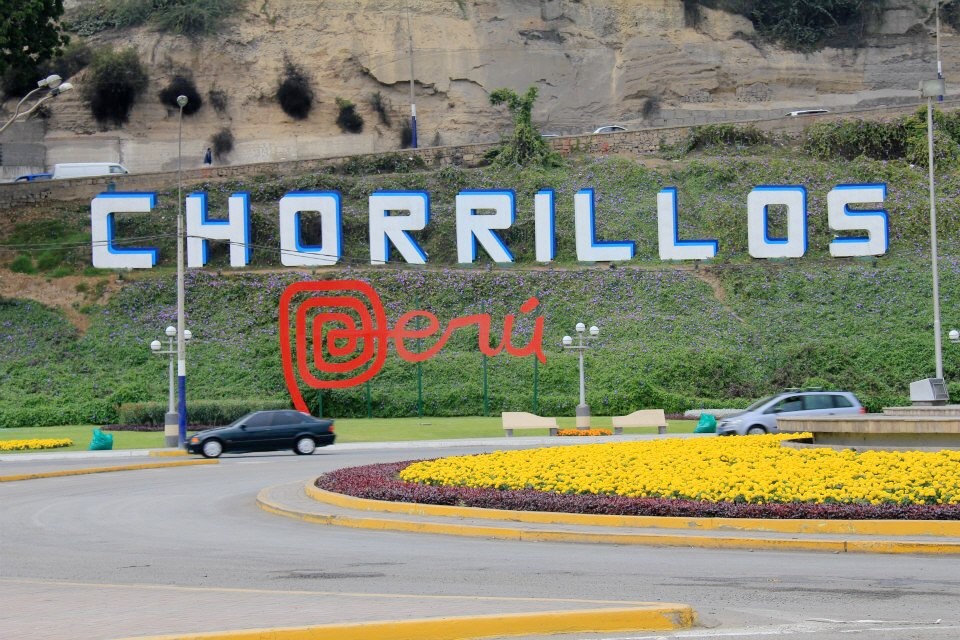
Chorrillos: the thriving district in the South of Lima
A district in the South that has a view of the sea and without a doubt one of the districts most linked with the history of Peru. Chorrillos has been home to some people who have gone on to become national heroes, like the fisherman José Olaya, as well as the time it converted itself into a famous spa resort. I have already spoken to you about Ancón, so now we will speak a little about the many things you can do in this booming capitalist district where some of my friends live, allowing me to be able to explore it little by little.
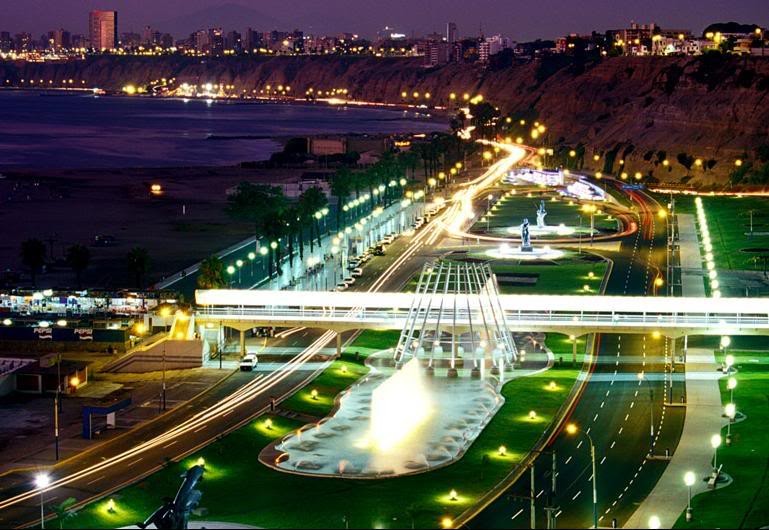
The spa and its history
As a pre-word, I will start with Chorrillos: during the end of the 19th century, it was a spa for the rich people of the capital and during the times of the Chilean war, it was totally devastated by the Chilean army. During the war Peru, Bolivia and Chile from 1879 to 1884, Lima was occupied for two years. It was a dark time, the Chilean army wreaked havoc and destruction throughout Peru. I am happy to say that today, history has changed and with it, so has Chorrillos.
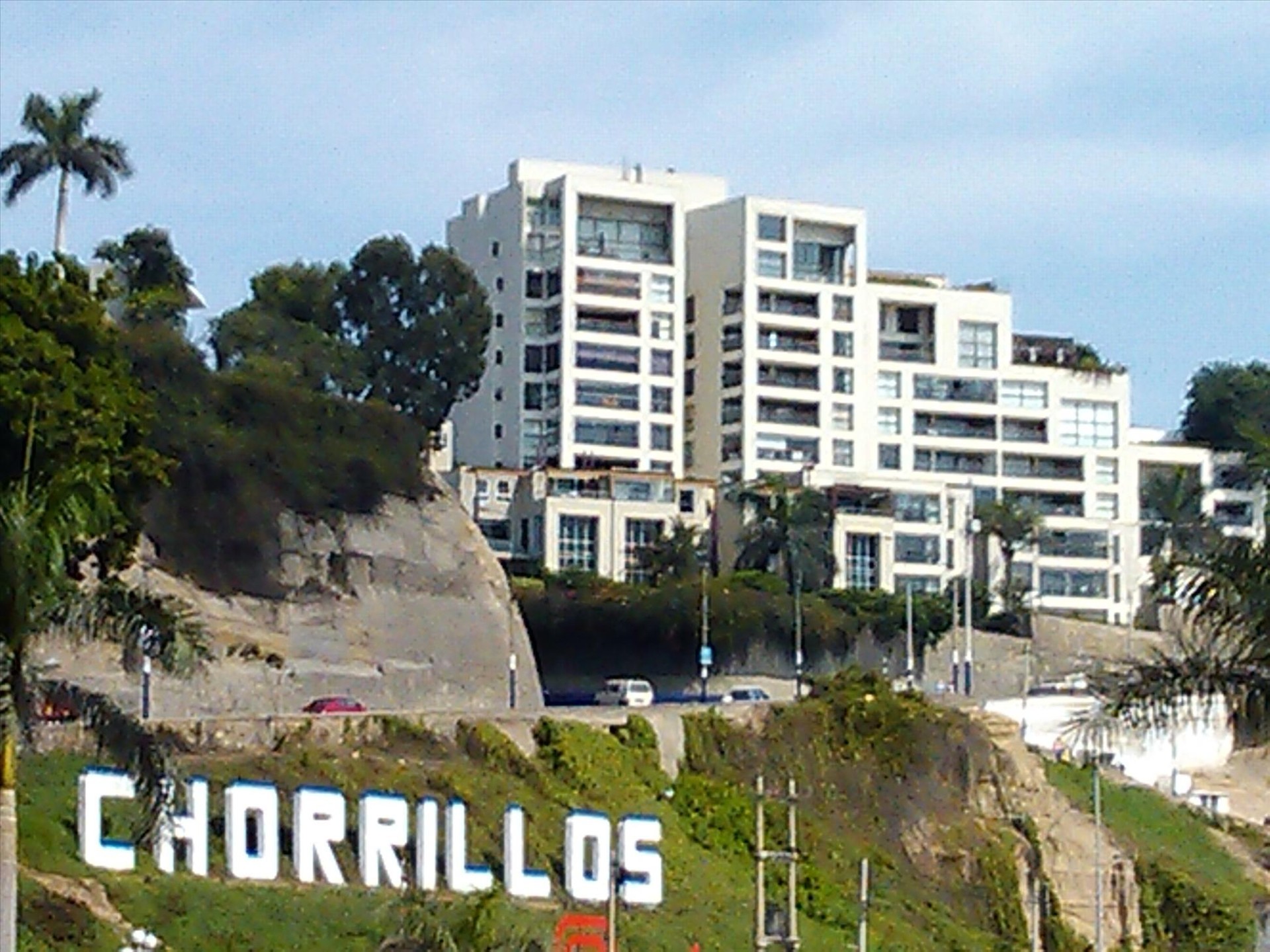
In front of the Peruvian sea
To start, I want to tell you that with the Callao Port, Chorrillos is one of the districts most linked to the sea. In order to arrive here you can take the metro and get off from the last station, or take any busy or taxi. As you can see, Chorrillos is inside the capital city of Peru and beside Miraflores and Barranco. It is more towards the Costa Verde than Barranco is, and you can see the "Solar Hill" from Chorrillos, something which we will speak of today.
Places you can visit
In Chorrillos there are restaurants dedicated to fish and seafood, but also there are many things to see and do for everyone:
- Solar Hill
- Planetarium Solar
- The Pacific Crucifix
- Villa Swamps
- The Sweet Water Beach
- Horseshoe Beach
- El salto del Fraile
A growing capital
For many years in the Lima that no longer exists today, Chorrillos was the most Southern district, but now, if you go through Chorrillos you will realise that is is now home ot 9 million people as it is a part of Lima. You cannot stop there, Chorrillos is a sign in cement of the growth of Lima, yes, a little messily but with a lot of charm - without a doubt, a new generation is approaching!
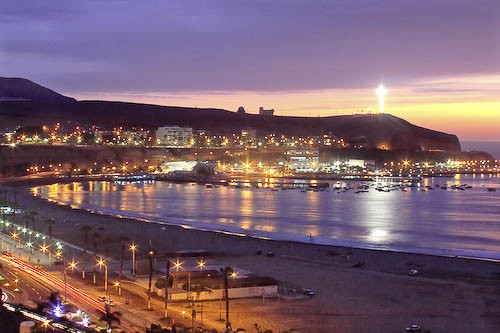
The origins of Chorrillos
The word Chorrilos originates from the trickle of water under the ground that runs through the cliffs towards the fresh water beach.
Pre-Hispanic times: "the man and the sea"
You may think that Chorrillos is just modernity and sea, but that is not true. Chorrillos has a pre-Hispanic history equal to that of metropolitan Lima. Inside this booming district you can find an archaelogical site called Armatambo which belonged to the middle and early ages. Armatambo is an old word that means "a place for bathing" or "a place for swimmers". What did they recover? That the coastline of Chorrillos was once intimately linked with the Liman sea since olden times.

On the other hand, Armatambo came to be an annex for the Inca people so that they could benefit from having fishermen who could supply marine food to societyu, furthermore the old remains of Armatambo were found very close to one of the most important sanctuaries along the Peruvian coastline, do you know which one I mean? I am referring to el Santuario de Pachacamac, a place of pilgrimage for ancient Peruvians.
The Pantanos de Villa, nature within the Lima city
On the other hand, Chorrillos is not just ancient civilizations and water, it also has other types of nature, something which has survive the immense growth of the city, its name is the famous "Pantanos de Villa" where I have visited when I was a child during one of those many school trips. The interesting thing about the swamps is that there is a migratory bird observatory which the birds return to every year to continue the circle of life. From what I have read, this place known as the swamps de Villa was taken advantage of by the members of Armatambo, it served as a connections between them and the inhabitants of Pachacamac as a famous pilgrimage.
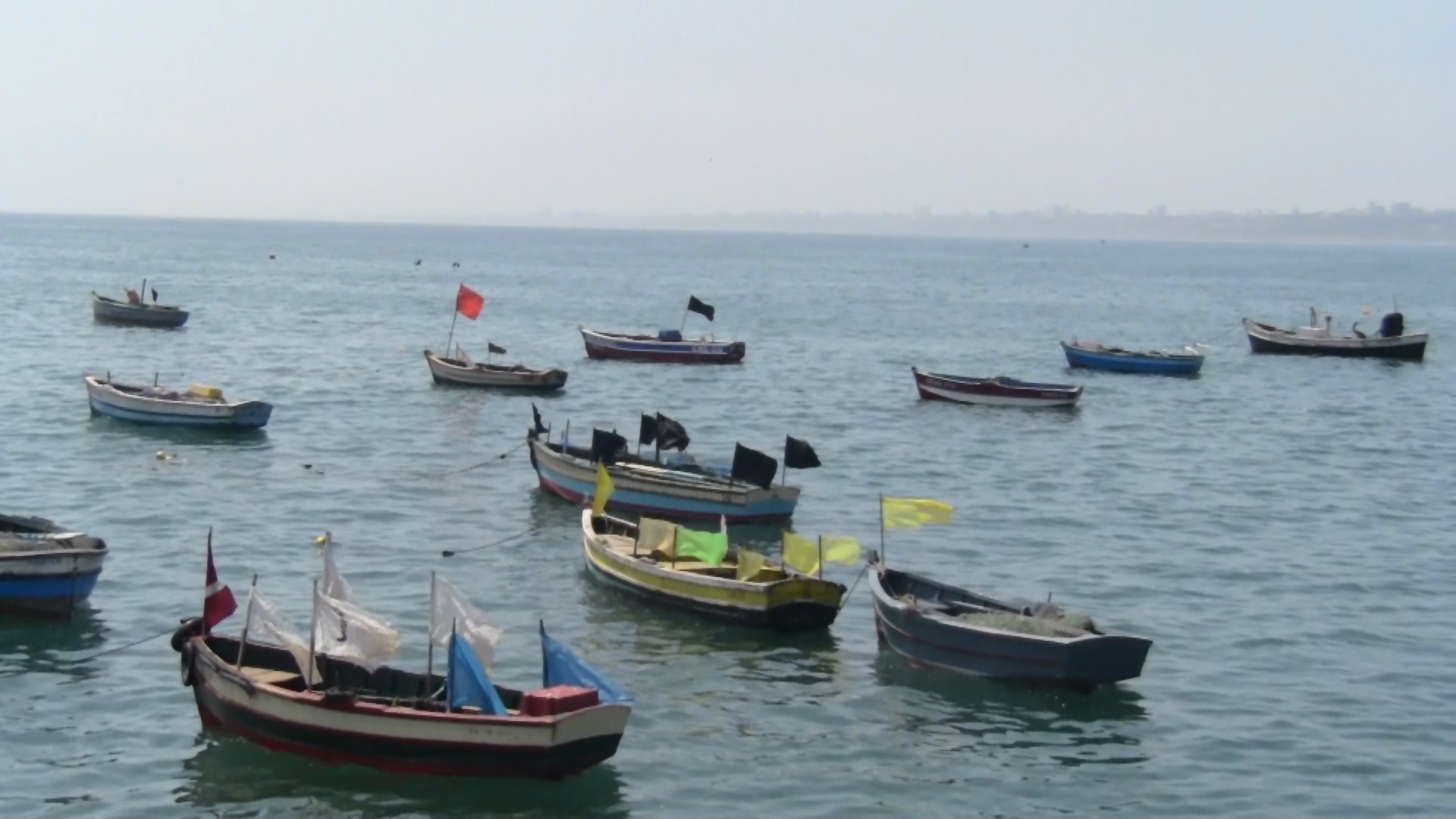
Spanish times
With the arrival of the Spanish, they took charge and with it, the registration of Chorrillas as a Spanish city, within their territories they gave a part of Chorrillos to José San Antonio de Solar.
El Morro Solar: A testiment to the war
From the Morro Solar which takes the form of a hill looking out to sea, you can have a beautiful view of the Chorrillo bay. The name comes from José Antonio Solar, you can only get there by your own car or with one of the moto-taxias that are below. This place has been witness to many different events throughout the history of Lima and Peru like the war that I previously mentioned, the Pacific War. So, on this hill there was one of the bloodiest battles in the history of Lima, which is why you can find a monument there devoted to those who fell during the Pacific War.
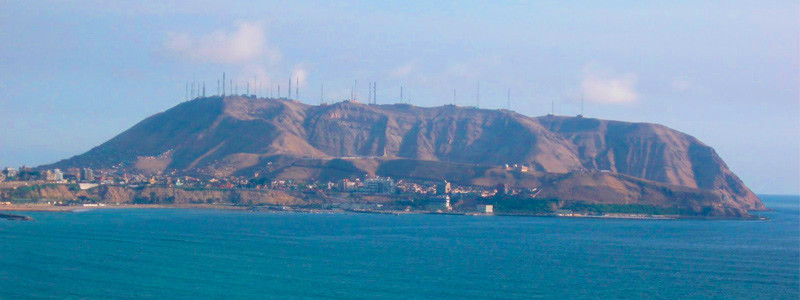
There you can find a monument paying homage to the unknown soldier, at the moment there are no guided visits around, so if you decide to come here do not come at night, and try to come always with a local by foot because I have to warn you, it is not as safe as we say, but if you go carefully then you will definitely have an incredible time with an amazing view of the Liman coast.
If you think that you will only find this, you are wrong! You can also find a planetarium that was the first one built in the whole of Peru, as well as a statue of the Virgin of Lourdes, brought over from France. In conclusion, you should realise that Chorrillos has historical, scientific and religious aspects to offer you.
San Pedro of Chorrillos
In addition to this, in Chorrillos each year they bring out a sculpture of a Saint. It is the statue of San Pedro, who was the patron Saint of fishermen and if you go to visit during June, you will see that he still lives.
During the time of colonial Chorrillos, the sea was maintained as an important point for fishermen where the winds blew with a special kind of richness. On the other hand, during the 18th century it was here where a parish church was built, however like in many other districts, it was destroyed by the Chilean army.
-View of the Christ of the Pacific which is located on the Solar hill and that changes color at night, and can be observed quietly from the district of Barranco-
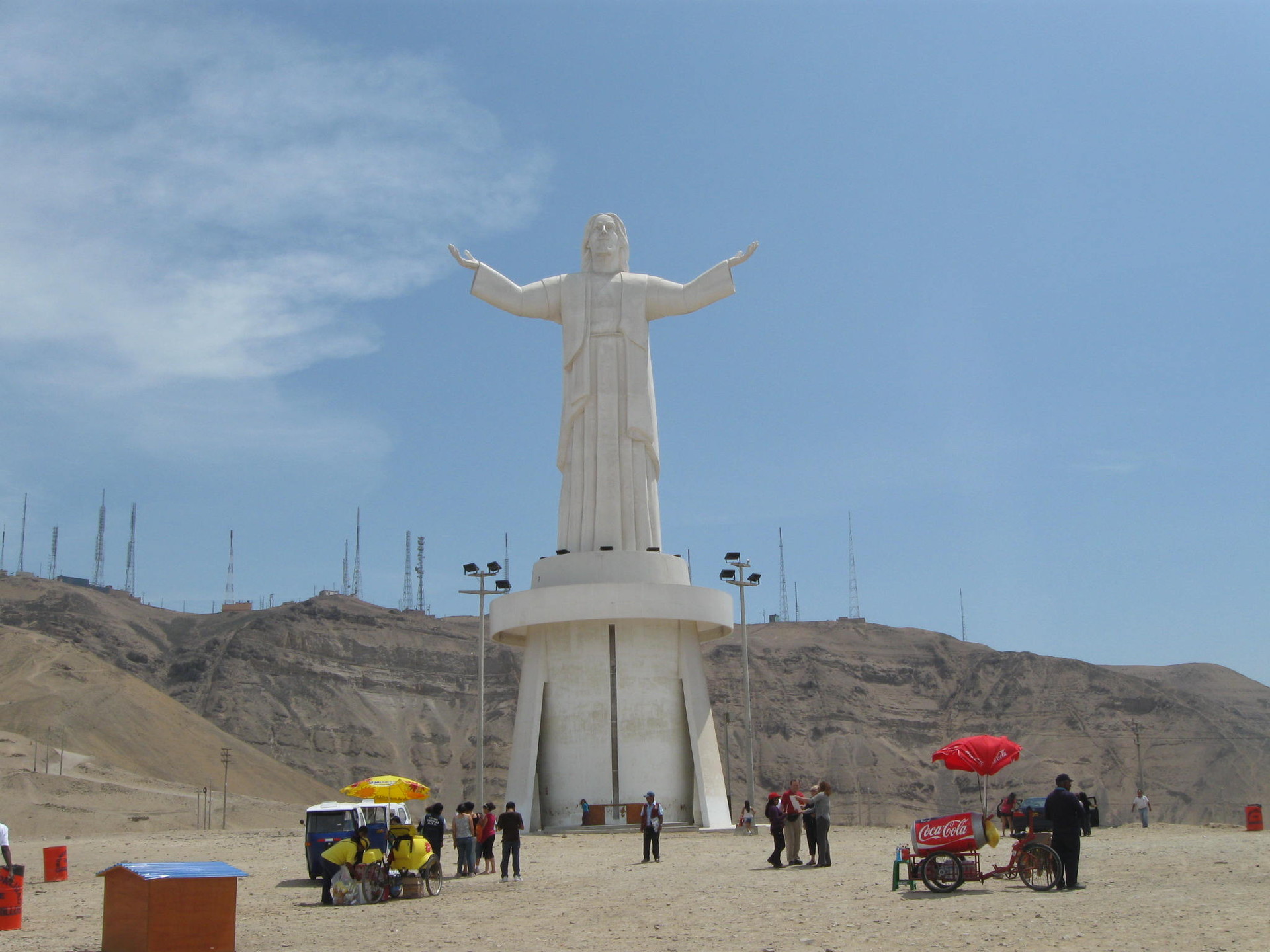
The colonial command later gave way to the states and one of them was known as the name of Villa and within it was the marshes of Villa, additionally there were also the famous settlements from where the black slaves escaped and took refuge in the Chorrillo area.
The Villa state was one of the most glorious in Lima, and one of the richest of the city where the first Chinese who came to Peru even worked modestly.
Chorrillos slowly formed a new society which was basically populated by all those who are living in Peru now - of all different colours.
Life is Chorrillos was always linked to the sea and fishing which was then bought and sold in the plazas by the wives of the fishermen, little by little modernity arrived in Chorrillos.
Remember when we spoke of Ancón? Do you remember which period of history that was in? I am referring to the years of emancipation since like Ancón, the area of Chorrillos was also used for the patriots' landing onshore. An area full of fishermen had to have their character shown in some way, someone who would protect their legend and that's what happend, and so appeared the bravery of José Olaya.
José Olaya
This is the personality of the town, a simple fisherman from Chorrillos, clearly popular and without a doubt, one of the most important people in Chorrillos. This man did not hold back from risking his life when he valiantly swam between Chorrillos and Callao to give secret information to the patriots.
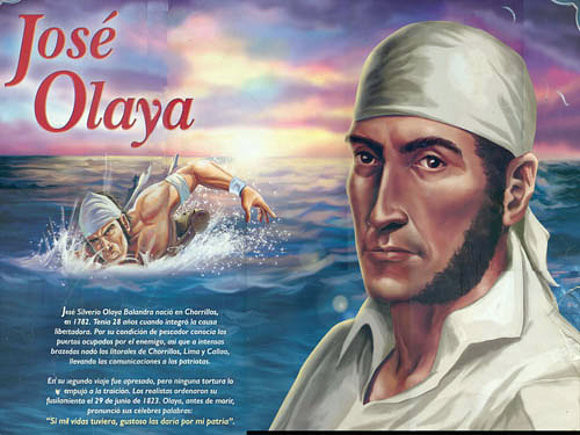
José Olaya died captured and asssassinated in the centre of Lima by the Spanish army. He never arrived to give the information to those we was helping as he died on the deadly passage that is now known as the Olaya passage.
Independence
And so, dear friends, it began by being a simple fisherman's cove, however this did not go unnoticed by the eyes of the future presidents of Peru, who saw all the potential Chorrillos had to be able to become a spa for the wealthy class again. It was when the population began to increase and with it the development of new buildings, more and more the spa of Chorrillos was attracting Lima people from high society and therefore it is clear about their new buildings of "lineage".
Modernity brought foreigners, like the French who came during the 19th century, little by little changing the face of this area of Lima. In Lima we have a watercolour painter who portrays many characters that have disappeared today, the name of this watercolour painter is Pancho Fierro and it is thanks to him that we have the information about the "mixed-raced swimmer", the strong man who helped women in the sea.
With the rise of guano money, development was like strong winds, and it was during this that the train track from Chorrillos -> Lima was formed, it brought comfort for each of the travelers who came to the spa to "summer". Every well-off Liman began to build their houses and ranches in this exclusive area of Lima facing the sea.
-Image of the Solar Planetarium that can be found on Solar Hill-
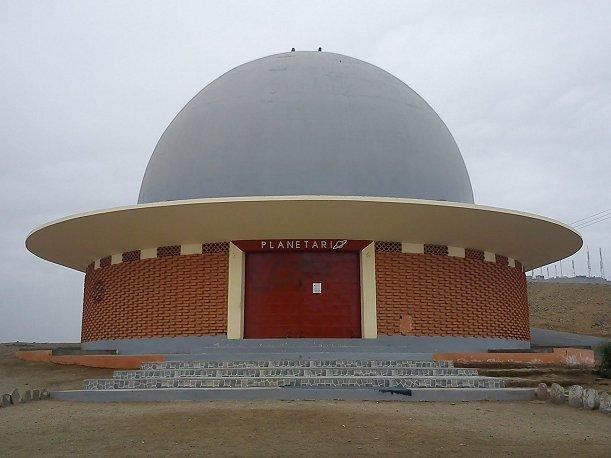
During the 19th century, Chorrillos started to become a favourite destination for gambling, it was the new place for all the Liman aristocracy that was becoming more and more established. There were even documents made by the author Manuel Atanasio Fuentes where it is said that the gambling was what called the attention of the aristocracy most.
It is precisely at the root of the boom that in the year 1875, Chorrillos converted itself thanks to the President Ramón Castilla into a plus district, as well as making itself into a spa in front of all the houses in Lima belonging to the poweful aristocracy.
In its moments of splendour, Chorrillos could appreciate that all of the bay was simply a place filled with boulevards and parks, there was as much glamour here as there was in the rest of Europe at the time. The movement was logically made in the summer and with it, arrived the first immigration of French, and after them, Italians.
Wars in Chorrillos
On the 13th of January 1881, Chorrillos was totally destroyed by the Chilean army, Chorrillos was defended house by house and thousands of Peruvians tried to defend their territory with their lives, sadly they were assassinated by the Chilean troops who also looted the houses of the wealthy families that had lived in them.
It is due to all the bravery showed by Chorrillos that it is now known as one of the heroic cities equal to Miraflores and San Juan in homage to those who supported in this time in history.
In 1945 a headquarters, or Official School of Chorrillos was created where today, close to the metro station lies the Regatta club as well.
It can be said that the first modern face of Lima started to form in Chorrillos towards the spa as this precious location with a great view and glamour started to recover after the war.
Nowadays in Chorrillos you can also find the house of Rivaguero that now belongs to the Catholic University of Peru
Earthquake in 1940
In 1940, one of the strongest earthquakes in the history of Lima occurred. It was during this when all of the pier that had been built was destroyed.
Today the pier is reconstructed and when you walk down it, you will see many fisherman's inlets, as if you were back in time.
So, dear friends, Chorrillos was receiving new competitors little by little such as San Bartolo, and Ancón, among others. However, there was a beach in Chorrillas that maintained its status as "La Herradura", "the Horseshoe".
The Horseshoe Beach
La Herradura Beach had various decades of splendour thanks to the tunnel that was constructed in order to go through it and distinguish it, I had the opportunity to go there only once and I have to tell you, it is quite tranquil where you can relax and enjoy a beautiful view.
The Horsedhoe converted itself into one of the popular beaches between the 1930's and the 1960's. There is a craggy rock that is through the beach known as "el salto de fraile", the Monk's Leap.
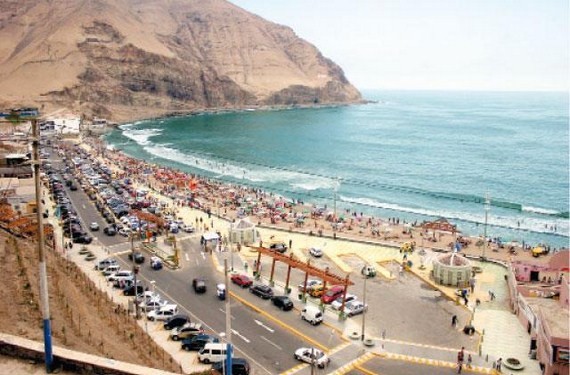
El salto del Fraile
It is said that a monk threw himself off of the highest point of the rock because he did not have the love of his family.
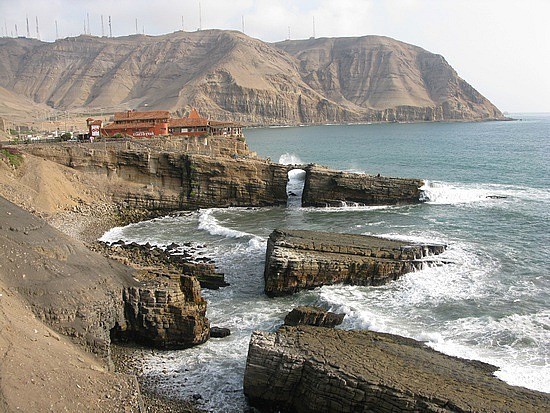
Pantanos de Villa
As I was telling you, this is a refuge for migratory birds and it is considered a natural reserve by the Peruvian state, there are many birds that arrive here, including the Pariwana bird, the bird that inspired San Martín to create the Peruvian flag.
The swamps form one of the few areas of wetland on the coast, therefore not only should you have visited it, you should also make a trip to the spa here! Here there are more than 200 species of birds in a small space.
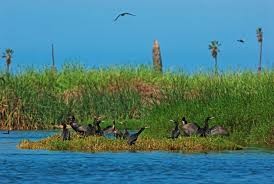
Popular Chorrillos vs Aristocratic Chorrillos
Today Chorrillos has a new face with its new features like the "agua dulce" beach, the "sweet water" beach, which is a popular beach where you can find a good variety of restaurants with tasty ceviche and fish dishes, one of which is the restaurant Sonia, somewhere which was started by fisherman and today is a must-visit when you go to Chorrillos.
With the passage of time, I hope that Chorrillos continues to be optimistic towards its beautiful potential, as it has so much to offer.
Thank you for reading this homage to the district of Chorrillos.
I hope that you liked it and that you will come to know each one of the attraction that we have seen be established thanks to the history of Peru, but above all thank you to the creativity and genius of each one of the inhabitants that makes the district a better place to live.
See you next time!
Photo gallery
Content available in other languages
Want to have your own Erasmus blog?
If you are experiencing living abroad, you're an avid traveller or want to promote the city where you live... create your own blog and share your adventures!
I want to create my Erasmus blog! →




























Comments (0 comments)